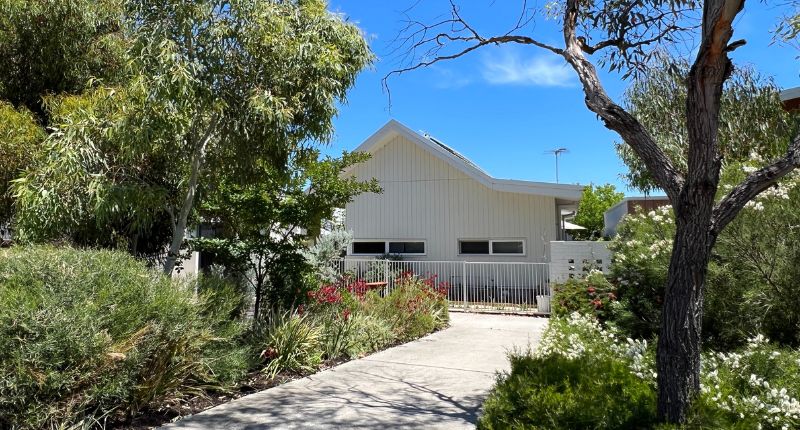- On average, Australia has the largest homes in the world.
- Smaller houses are more cost effective to build and maintain.
- However, few options are currently available both turnkey and to build.
A series of affordable housing thoughts and ideas by Perth’s leading architects continues with this piece by Michelle Blakeley.
Buying a home that’s within budget has become increasingly difficult. Not only are belts and purse strings tightening, but costs are also rising.
Australian homes also happen to be the largest of any country in the world, on average. Homes in Australia are an average of 214 square metres, more than double that of England’s 76 square metres, and larger than homes in the United States of America, at 201 square metres.
All that extra space adds to the cost of a house, making it more difficult, if not impossible for some, to buy a home.
Calculating the cost of home building
The cost of construction can be calculated at a per square metre (m2) rate.
The larger the area, the more a house will cost to build.
To make a house more affordable you need to reduce its size.
So, why are we still expecting large homes that we can’t afford? And why are builders offering large homes but very few homes with smaller footprints?
Reassessing the need for a 4×2
WA has the largest proportion of four bedroom, two bathroom homes in Australia.
There are few builders offering two or three bedroom homes with one bathroom. We can’t say “That’s what the market wants” if the market can’t afford such big homes.
If the average Australian household is now 2.5 people, why do we need four bedrooms?
Reducing the size of a home requires some truthful analysis of how you and your family use space and how much space you really need.
Why do we need a separate home theatre room and games room when games are predominantly day use and theatre is predominantly evening use?
Why does a double garage have to be under the main roof like another bedroom for our cars to sleep at night, yet we happily leave our cars in the open during the day while we are at work, shopping or playing sport.

This home, above, represents the average size of an Australian home. To note, the above is only an average, and there are many other larger houses.
Now, take away a bedroom. Take away one of the four activity spaces. Add storage cupboards along a circulation wall and delete one of the walk-in storage rooms. Park cars under a carport – it’s a lot cheaper than a fully enclosed garage.
Instantly, you have removed at least 65 square metres along with tens of thousands of dollars from the cost of building the home.
Bigger is not better
It’s time for us to stop thinking of the purchase of a house as an investment and the belief that bigger is better value.
It is not.
Clever design, thermal performance and more efficient use of space are always better value.
We should embrace a house as a place of comfort, security and well-being. We need to revisit and re-evaluate the real meaning of ‘home’.








